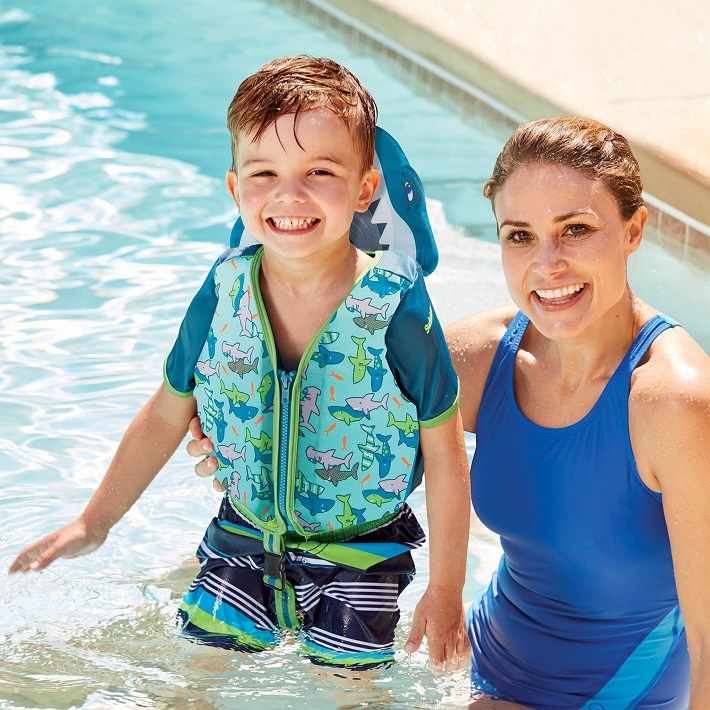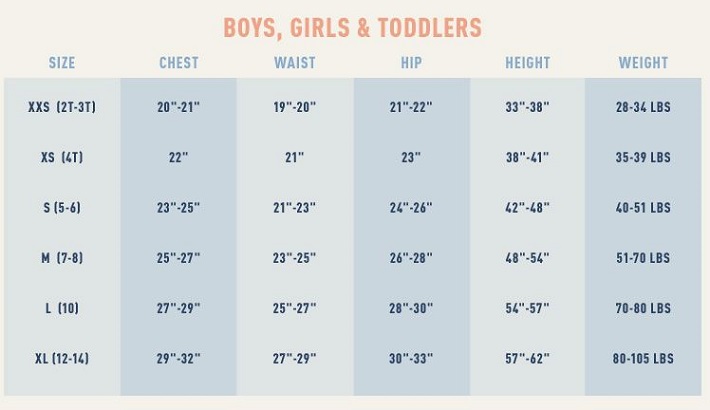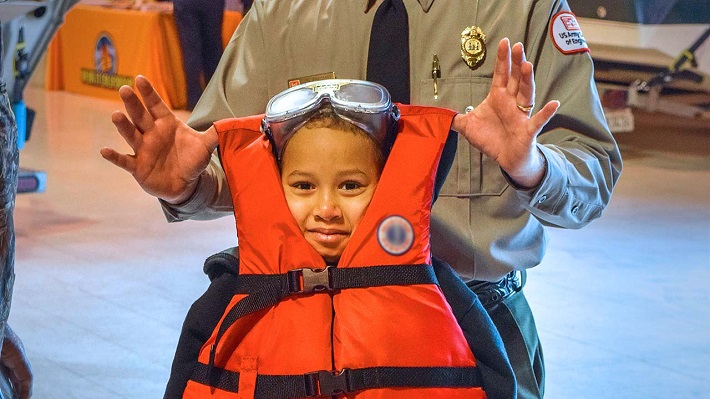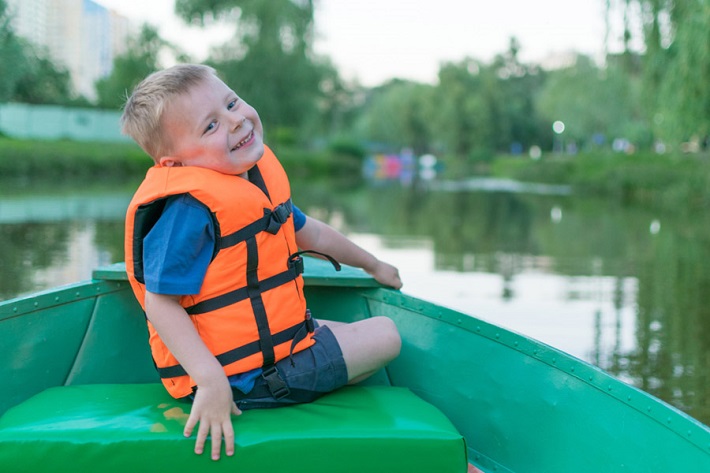Contents
If you’re a parent or remember your childhood days, you know how much kids love water. Swimming pool visits, beach picnics, boat trips – these are all activities kids love. But just because they’re fun, it doesn’t mean that they’re safe. Being in or around water always carries a level of risk. However, being attentive and taking the right protection measures can prevent accidents from happening.
When it comes to protection, the best thing you can do for the safety of your little one is to get a quality child life vest. All children from birth until 5 years of age should wear a life jacket while in water or near water. This even includes if they’re at the beach or dock. Children between ages six and eleven should wear kids life jackets while on river banks, boats or docks.
Some parents think that if the child knows how to swim, a life vest isn’t necessary. However, it’s best to be safe than sorry, I’m sure you’d agree. Being on a boat, or swimming in open waters is always risky. Swimming in open waters means being exposed to the risk of currents, weeds, grasses, rocks, and cold temperatures. And if the child falls from a boat, or if the boat starts sinking, there won’t be enough time for putting on a vest. This is why this should be done prior to boarding.
No matter how good of a swimmer the child is, they won’t be able to fight a strong current and cold weather, let alone the panic that happens in emergencies. In these situations, a life vest will provide protection and will keep the child warm as they wait for rescue.
Tips for Choosing a Kid’s Life Jacket

The life vest you purchase for your child should meet Australian safety regulations. Be sure that the vest is approved and has the AS4758 (XXS Child Approved 100S) standard. Specially designed for children between age 1 and 14, a child life vest offers a comfortable and snug fit, which is crucial. It’s worn over the torso, just like an actual vest (the straps will keep it secure on the child). Pick a vest with a large buoyant collar that will support the head. It should also come with reflective patches and a lifting handle.
If a baby or a toddler will be wearing the vest, make sure that it comes with a neoprene adjustable crotch strap to secure the child from falling out of the jacket. It’s best if you seek models with dual adjustable straps (25mm are ideal) and a wide neoprene adjustable crutch. Keep in mind that inflatable rings, water rings, noodles, or other swimming pool or beach toys aren’t standard safety gear for your child and cannot replace a life jacket.
Another important thing to think about is the colour. Always go for bright colours. Orange and yellow are excellent options, so your child can be clearly visible in and around the water.
Make Sure It’s the Right Size

Kids’ life jackets are sized by weight. They start at 9kg. Don’t make the mistake of getting a larger life vest so your kid can grow into it. You’re risking your kid to slip out of the vest if the vest doesn’t fit. The life vest must fit your kid’s current weight. It should be snug, but it shouldn’t be so tight that you can’t close the buckles. When your kid wears the vest, you shouldn’t be able to lift the life jacket up to your child’s ears or over their head. Before buying a lifejacket for your child, always check the user label. It should indicate the weight range.
Test It

When buying children’s life jackets, check all zippers and buckles if they’re in good condition. If there are any damages, don’t buy it, or replace it. Every summer, be sure to check if the vest fits your kid properly. If the kid has outgrown it, get a new one. Your child should be able to move freely, swim, sit, and bend while wearing the vest.
In the water, test the vest by wading in with your kid until the water is at their chest level. Help your kid as they bring their knees to float on their back. The vest should keep your child’s head safely above water so they can breathe. Let your child practice swimming in the vest both on their back and stomach.
It’s Not a Toy

Although your kid may see it as a toy, don’t let them play with it. Don’t allow any sitting, or squishing of the inner material, as the vest may become less effective. When not in use, always store the vest in a dry area to keep it in good condition.



